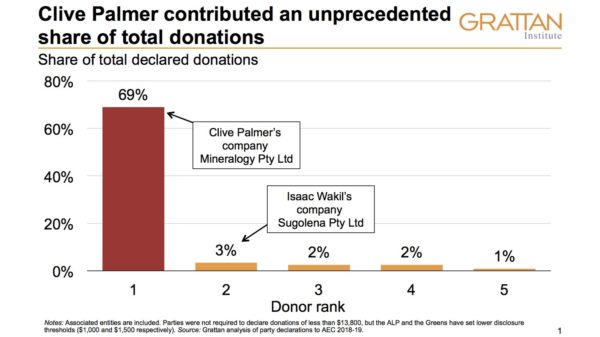Advertisement
A briefing packet for federal emergency response teams details the steps schools should take to reopen safely.

WASHINGTON — Federal materials for reopening schools, shared the week President Trump demanded weaker guidelines to do so, said fully reopening schools and universities remained the “highest risk” for the spread of the coronavirus.
The 69-page document, obtained by The New York Times and marked “For Internal Use Only,” was intended for federal public health response teams to have as they are deployed to hot spots around the country. But it appears to have circulated the same week that Vice President Mike Pence announced that the Centers for Disease Control and Prevention would release new guidelines, saying that the administration did not want them to be “too tough.” It is unclear whether Mr. Trump saw the document, nor is it clear how much of it will survive once new guidance is completed.
(The cover page of the document is dated July 8, 2019, an obvious typographical error since the novel coronavirus did not exist then.)
What is clear is that federal health experts are using a road map that is vastly different from what Mr. Trump wanted.
While it is mostly a compilation of C.D.C. documents already posted online, it includes reopening plans drafted by states, districts and individual schools and universities. And the package, from the Community Interventions and Critical Populations Task Force, is pointed.
In a “talking points” section, the material is critical of “noticeable gaps” in all of the K-12 reopening plans it reviewed, though it identified Florida, Oregon, Oklahoma and Minnesota as having the most detailed.
“While many jurisdictions and districts mention symptom screening, very few include information as to the response or course of action they would take if student/faculty/staff are found to have symptoms, nor have they clearly identified which symptoms they will include in their screening,” the talking points say. “In addition, few plans include information regarding school closure in the event of positive tests in the school community.”



